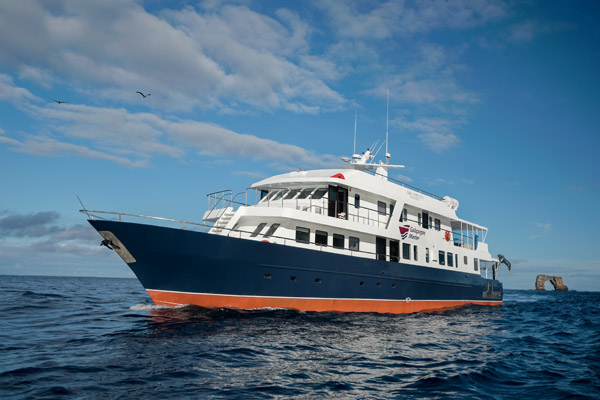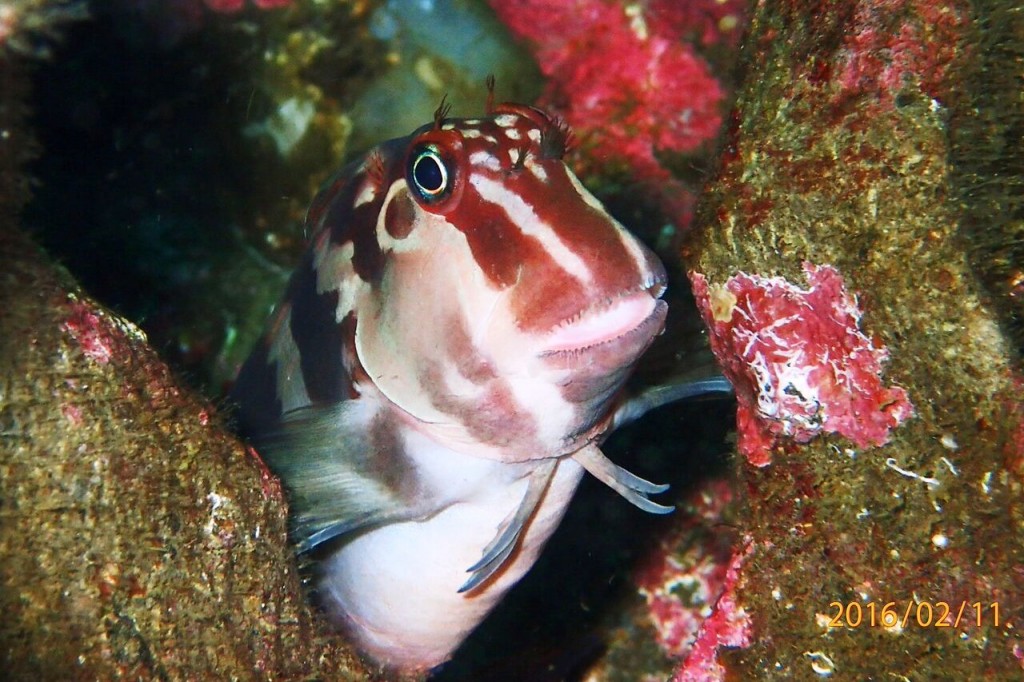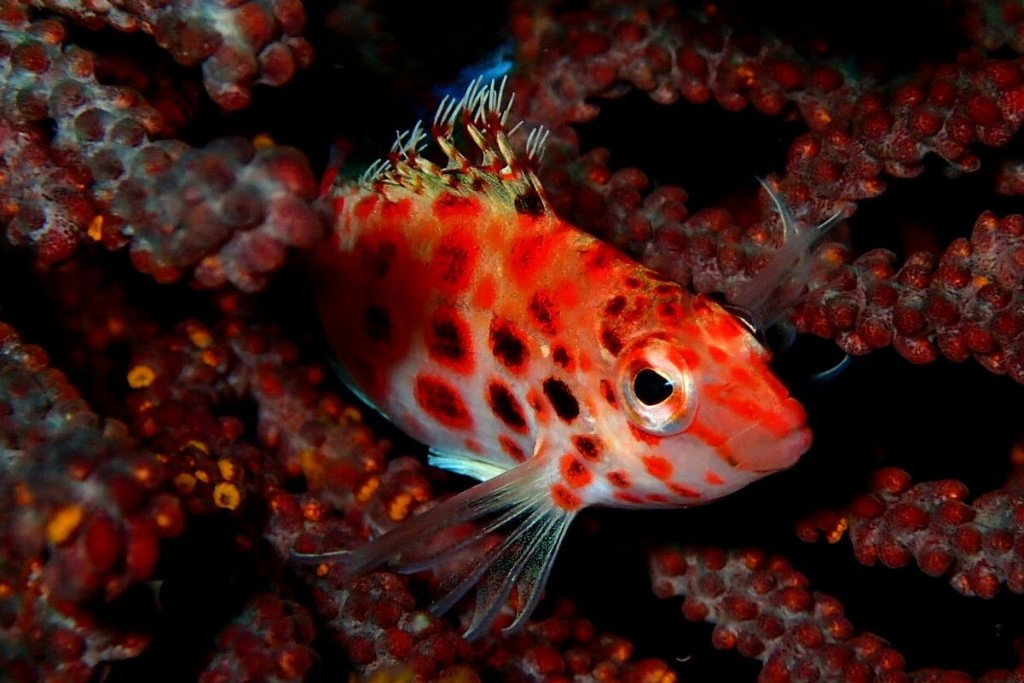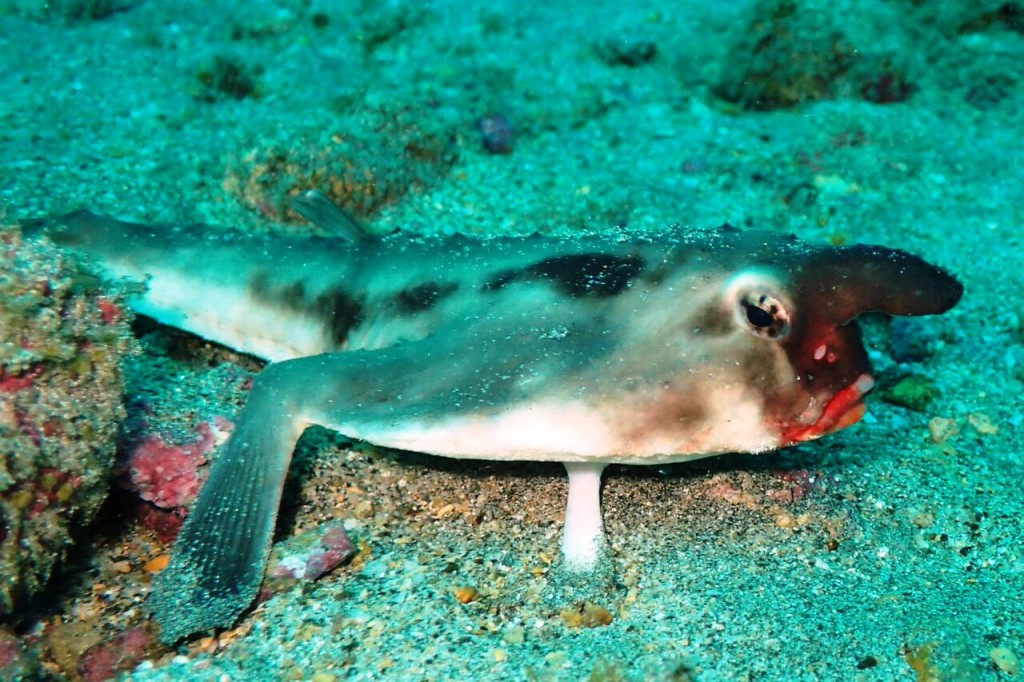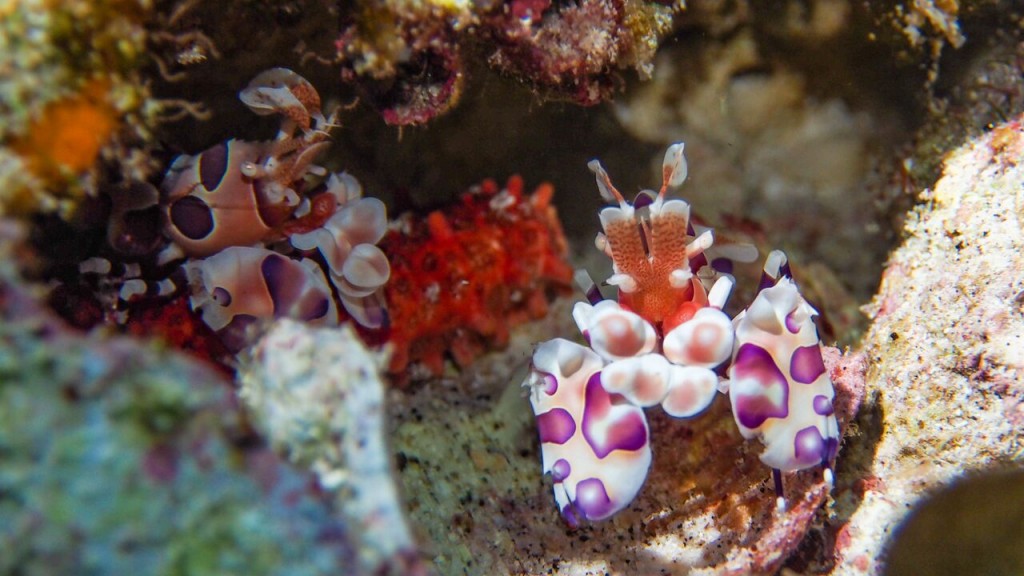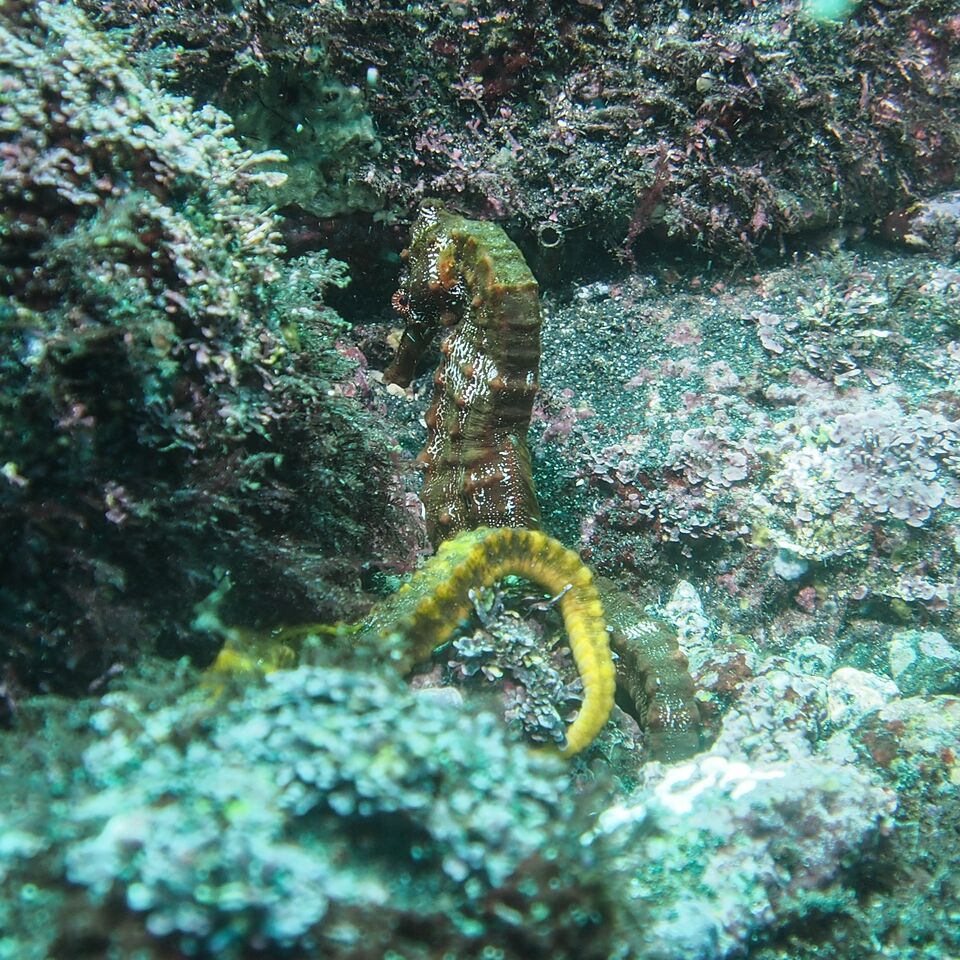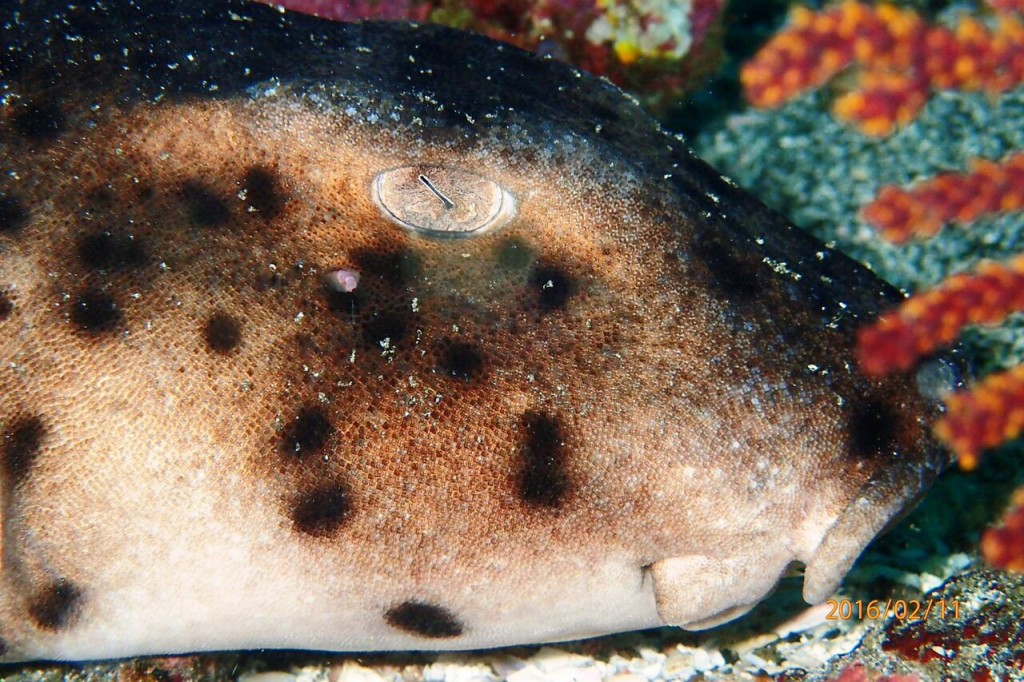News
All Creatures Great and Small in the Galapagos
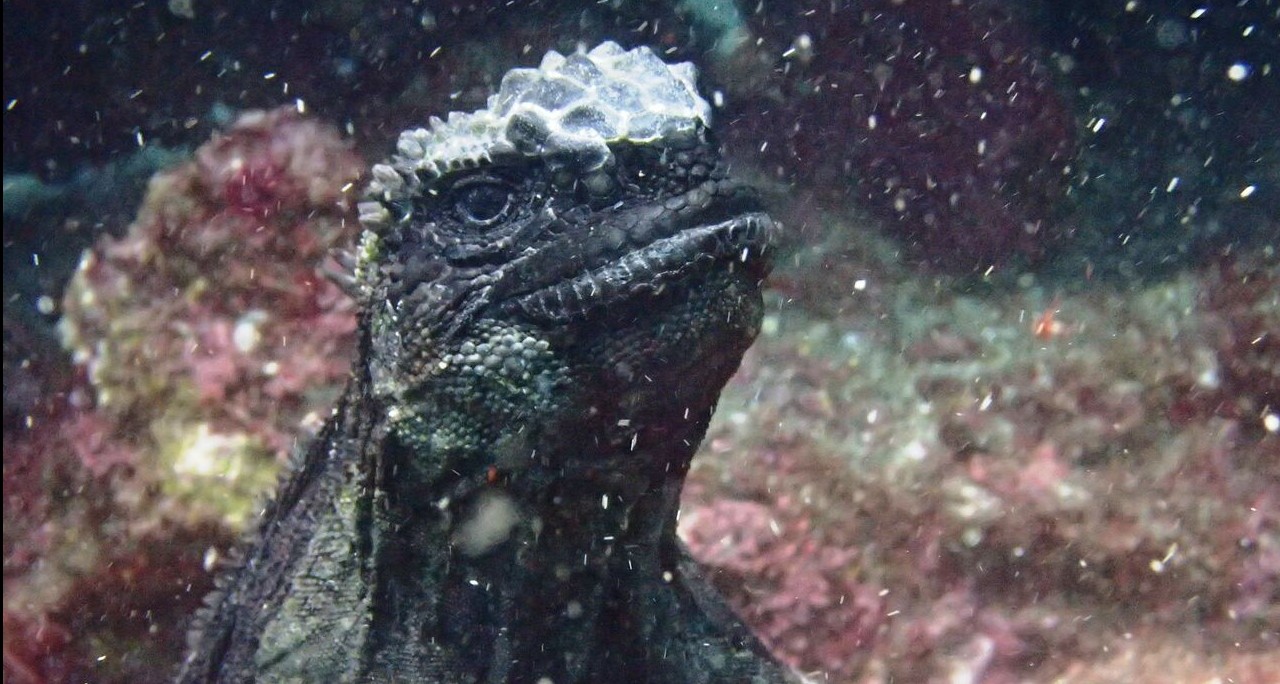
“Macro Photography” and “the Galapagos” are not two phrases you would commonly hear in the same sentence. The majority of divers and underwater photographers travel to the Galapagos Islands for the abundance of hammerhead sharks and other large pelagic fish species. With the focus of attention on the wealth of life out in the blue, there is a tendency to overlook the smaller creatures, but on a recent trip aboard the Galapagos Master I decided to put my new TG4 camera to the test and do a bit of critter hunting.
Before you all start hollering in disbelief, I of course had my time gazing in awe as schools of hammerheads came in to be cleaned by the king angelfish. I, like the rest of our dive group, excitedly snapped away as a whale shark cruised by us at Wolf Island and diving with Mola Mola at Punta Vicente Roca was a dream come true. Yet in between all that action there was a good deal of waiting around holding onto the rocks, so it was easy to spend some time checking out the cute blennies or marveling at the curious hawkfish.
Like most dive sites, if you look hard enough at the reef or rock wall there will always be something of interest to photograph. At Darwin and Wolf islands the blennies were happy to pose and an easy, fascinating distraction whilst waiting for more hammerheads. My favourites were the large banded blennies, due to their gaping mouths and attractive cirri, but also the ability to photograph them in different settings.
Along the reefs wall of Cabo Douglas and Isabella Island amidst black coral bushes and seafans there were dozens of Long-nosed and Falco hawkfish. Now anyone who has ever tried to take a photo of the long-nosed variety will know they are tricky little critters who like to hop and hover about, flitting off just as you got the focus set. But not so with the ones seen in the Galapagos. Perhaps they were unused to divers and flash photography but they seemed happy enough to hang about and pose for me. I experienced the same action again at Cousin’s Rock where 3 of the Falco variety happily stayed in place, turning occasionally to give me a different angle – how very obliging!
Possibly the most odd looking fish to be found during the trip, the Red-lipped batfish is a flattened pancake shaped fish with protruding “lips”, beady eyes and pectoral fins adapted into walking appendages. We found our first ones at Wolf Island, resting down on the sandy seabed at 27-32m. These fish can be approached by divers but you need to be cautious as they can swim pretty fast and tend to head directly to deeper water. Positioning ourselves between the deep and the batfish the photographers among us were able to get some cracking shots. We also discovered that we had seen the lesser known Rosy-lipped batfish too. These can be identified by the small white hairs under their chins! Another one was found at Cabo Douglas too.
Red rock crabs could be found scurrying over the rocks at almost every dive site and were easy to photograph both in and out of the water. But it was during our batfish hunting dive that I managed to spot a tiny shrimp exhibiting symbiosis with its seastar host – admittedly my photo is pretty bad but i was happy to find it in any case. Though the most surprising find was whilst drifting over the sandy reef at Darwin’s Arch. Our guide, JC, spotted two Harlequin shrimp busy tackling their seastar meal. This was totally unexpected; I’ve only seen a few harlies in the Philippines so was in no way anticipating finding any in the Galapagos. I think JC was as surprised as we were!
I read about the possibility of seahorses on the Galapagos Master itinerary, so upon arrival at Cabo Douglas we asked about the opportunity to look for these critters. The majority of us have seen seahorses of many varieties but for one of our group it was a first time experience. We found 2 curled around a coral frond in the shallow water. These pacific seahorses are far larger than their Indo-Pacific cousins and gigantic when compared to the miniscule pygmy seahorses of Raja Ampat.
Aside from these fascinating tiny critters we were able to closely approach both turtles and the Galapagos horn shark for a bit of eye candy, we found numerous lobsters and scorpionfish and it was relatively easy to get up close with the marine iguanas as they were feeding on the algaes. The shallow water with surge and low visibility made photographing them a challenge but certainly everything was possible. The anemones at Punta Vicente Roca also provided colourful macro subjects.
There are so many interesting creatures to see and photograph in the Galapagos Islands that no dive, even if lacking the big fish action, will ever be dull. Consider bringing a macro lens with you and dedicating at least 1 dive to a bit of critter spotting.
Susie took a 10-night trip aboard the Galapagos Master Liveaboard, departing from San Cristobal Island.
Marine Life & Conservation Blogs
Book Review: Shells of the World

Shells of the World: A Natural History by M.G. Harasewych
Shells of the world is a guide to the world of marine, shelled molluscs. And what a varied and interesting world it is. Some of my favourite things to find on a dive are detailed in this book, including disco clams (or Electric File Clams as they are correctly names), the cephalopods, giant clams and sea hares. There are also many on my wish list, top of which is the Nautilus.
Each chapter provides a detailed description of the species, along with beautiful images. You can dive deeper and discover where they live, both with global distribution and the habitat they prefer. Learn about their diet, reproduction and diversity.
Having dipped in and out of this lovely book over the past few weeks, it has inspired me to learn more about this group of animals that we see on most divers, wherever we are in the world. Some of the shells are incredibly intricate and beautiful. I have always agreed with never collecting, or touching, marine life. The description of a certain set of cone shells should be a warning to those that are happy to pick up marine life! One of the cone shells has a local name called the cigarette snail. Why? Because once the venom is in your system from this animal, you only have time to smoke one cigarette before the affects of the venom are fatal!
What the publisher says:
Mollusks are invertebrate animals with a remarkable natural history and a rich fossil record, and their shells are prized for their breathtaking variety and exquisite beauty. Shells of the World provides a wide-ranging look at the incredible diversity of marine mollusks. An informative introduction outlines the lineages covered, followed by a directory section, split into classes, that profiles a broad selection of different taxa to give a sense of their sheer numbers and variety.
- Features hundreds of beautiful color photos, depicting both the live animals and their shells
- Discusses mollusk evolution, anatomy, life cycles, behavior, and ecology
- Describes unique characteristics, distribution, habitat, and size
- Provides valuable insights into the conservation of the world’s marine mollusks
- Ideal for malacologists and shell collectors everywhere
About the Author:
M. G. Harasewych is research zoologist emeritus and former curator in the Department of Invertebrate Zoology at the Smithsonian Institution’s National Museum of Natural History. A fellow of the American Association for the Advancement of Science, he is the author (with Fabio Moretzsohn) of The Book of Shells: A Life-Size Guide to Identifying and Classifying Six Hundred Seashells.
Book Details
Publisher: Princeton University Press
Hardcover
Price: £25
ISBN: 9780691248271
Published: 9th April, 2024
Gear News
Go anywhere with Stahlsac
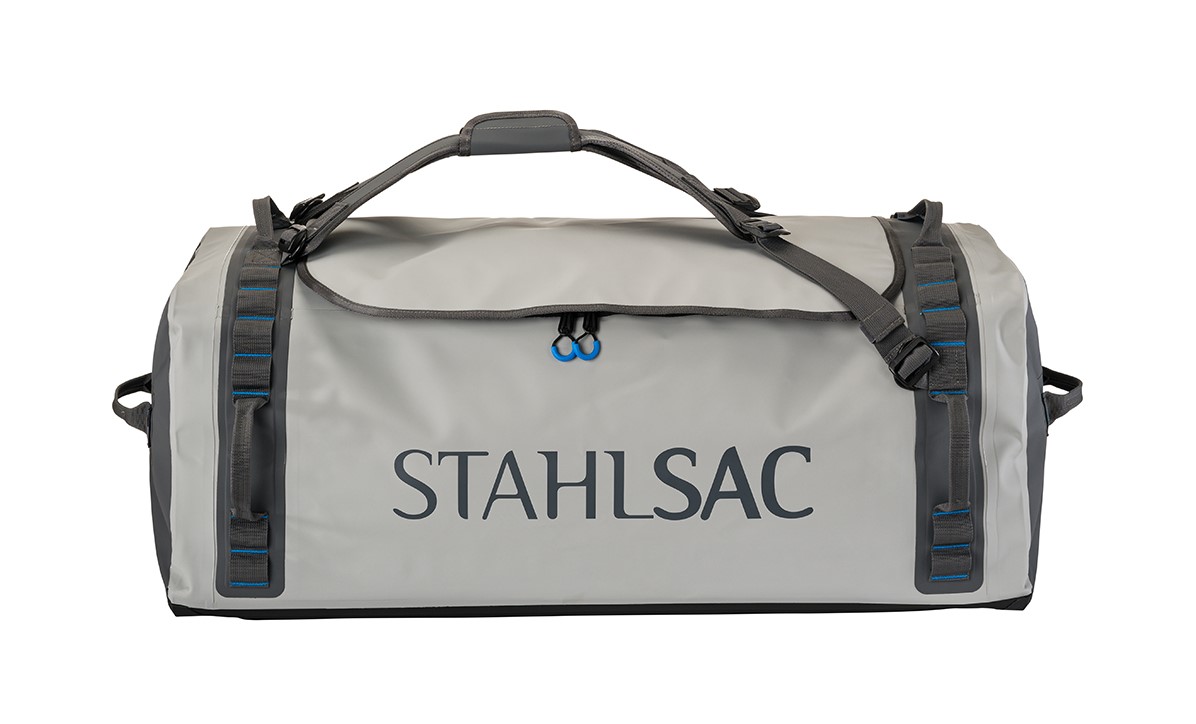
Stahlsac dive bags and travel luggage are built for our community of divers, surfers, kayakers and outdoor explorers who need bags that are constructed with durability, toughness, and 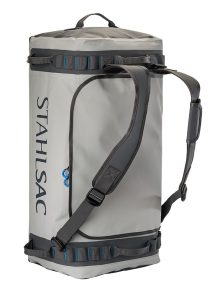 the highest quality the industry has ever seen. We were founded by one man determined to build better watersports and dive bags, and today, that mission is carried on by many. Adventure doesn’t just present itself; it requires discovery. When we design dive bags, we make sure they are tough enough for you to explore in all conditions—warm and cold, wet and dry—to the nearest and farthest reaches of the earth. And for those times you want to push the boundaries of adventure, Stahlsac dive bags make sure you can truly GO ANYWHERE.
the highest quality the industry has ever seen. We were founded by one man determined to build better watersports and dive bags, and today, that mission is carried on by many. Adventure doesn’t just present itself; it requires discovery. When we design dive bags, we make sure they are tough enough for you to explore in all conditions—warm and cold, wet and dry—to the nearest and farthest reaches of the earth. And for those times you want to push the boundaries of adventure, Stahlsac dive bags make sure you can truly GO ANYWHERE.
Abyss Duffels
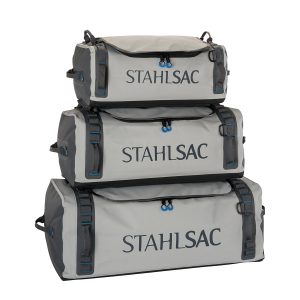 Made to be your partner-in-crime on every adventure, Stahlsac’s Abyss Duffels protects your gear from Mother Nature’s worst. Tough and 100% waterproof with double-TPU nylon material that shrugs off daily wear-and-tear, and RF-welded seams further boost the bag’s potential for lifelong exploring. Get Wet. Get Lost. Go Anywhere with Abyss.
Made to be your partner-in-crime on every adventure, Stahlsac’s Abyss Duffels protects your gear from Mother Nature’s worst. Tough and 100% waterproof with double-TPU nylon material that shrugs off daily wear-and-tear, and RF-welded seams further boost the bag’s potential for lifelong exploring. Get Wet. Get Lost. Go Anywhere with Abyss.
- A weatherproof duffel for trips, travel, and adventure
- Ultra-durable double-TPU nylon protects your gear
- Material repels water and keeps your equipment dry
- RF-welded seams are flush, tough, and waterproof
- Removable straps transform duffel into backpack
- Zippered internal stow compartments carry essentials
- External zippered flap is easy to open and close
- Welded external handles make transporting a breeze
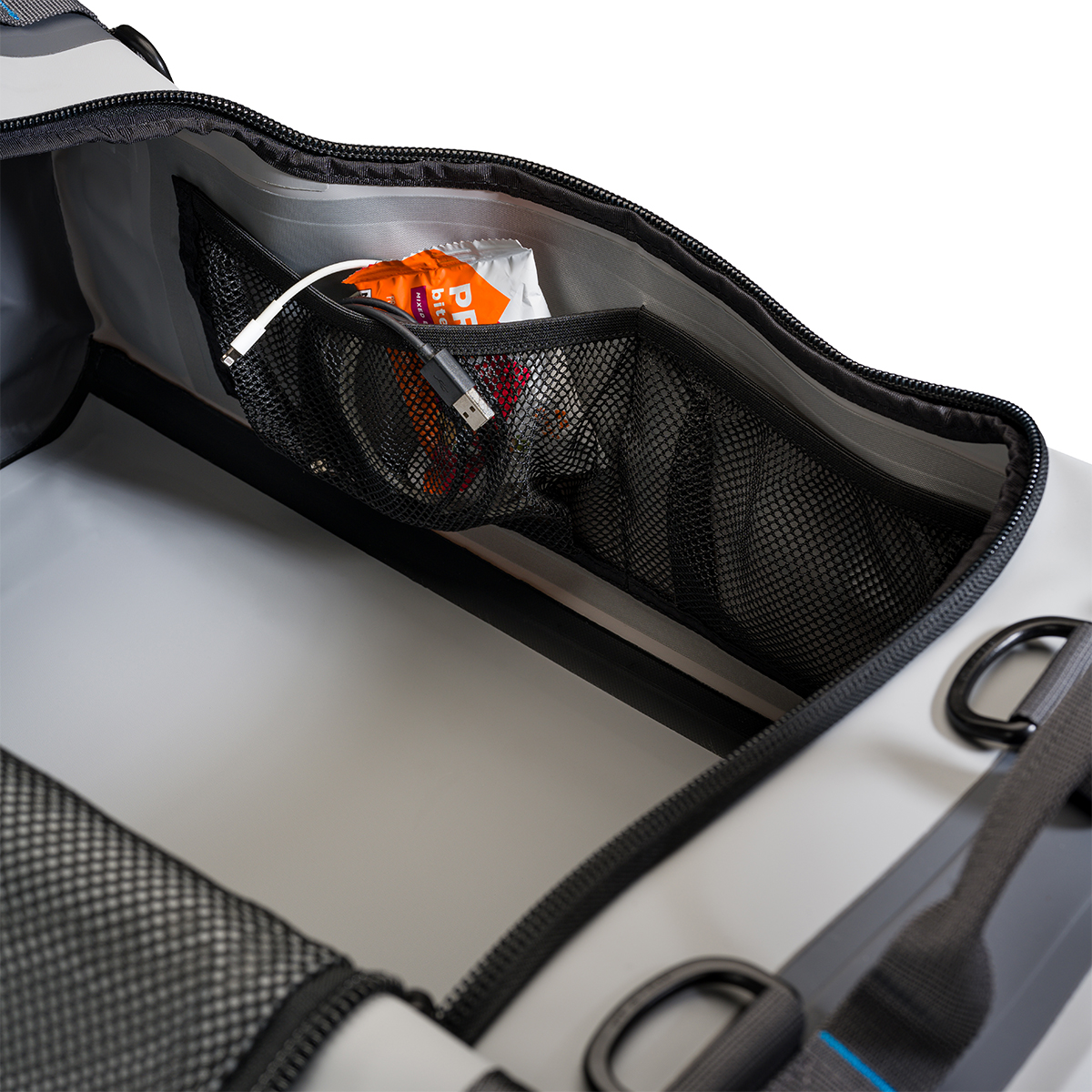
Panama Mesh Backpack
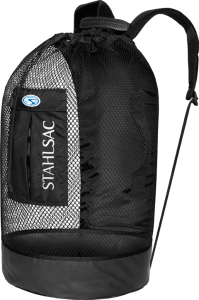 The most copied design in scuba diving, the Stahlsac Panama Mesh Backpack is the “original” design and features two high-density foam padded shoulder straps, extra durable polyester mesh, duffel bag handles and our unique zippered dry pocket inside that combines with a wet pocket outside. The bottom’s built from reinforced 18-gauge PVC nylon to combat the wear and tear of your active coastal lifestyle, and, as a bonus in every bag, we supply a 12″ x 12″ mesh drawstring satchel for extra stowing utility. Pack up your beach kit and go.
The most copied design in scuba diving, the Stahlsac Panama Mesh Backpack is the “original” design and features two high-density foam padded shoulder straps, extra durable polyester mesh, duffel bag handles and our unique zippered dry pocket inside that combines with a wet pocket outside. The bottom’s built from reinforced 18-gauge PVC nylon to combat the wear and tear of your active coastal lifestyle, and, as a bonus in every bag, we supply a 12″ x 12″ mesh drawstring satchel for extra stowing utility. Pack up your beach kit and go.
- Density foam padded shoulder straps
- Outside wet/dry pockets
- 2 Carry handles
- Tough, snag-resistant polyester mesh
- Reinforced PVC bottom
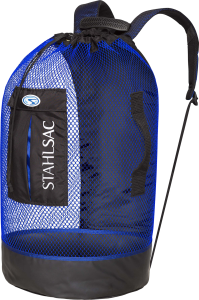
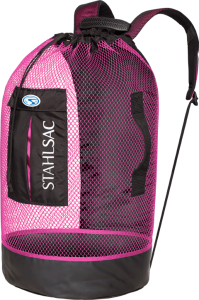
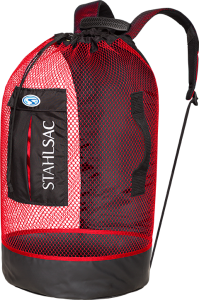
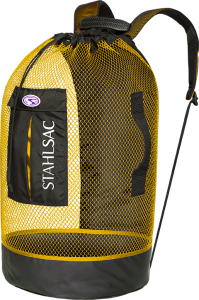
For more information about Stahlsac bags, visit www.stahlsac.com/dive-bags.
Sea & Sea is the home of Stahlsac and other leading diving brands in the UK.
-

 News3 months ago
News3 months agoCapturing Critters in Lembeh Underwater Photography Workshop 2024: Event Roundup
-

 Marine Life & Conservation Blogs3 months ago
Marine Life & Conservation Blogs3 months agoCreature Feature: Swell Sharks
-

 Blogs2 months ago
Blogs2 months agoMurex Resorts: Passport to Paradise!
-

 Gear Reviews4 weeks ago
Gear Reviews4 weeks agoGEAR REVIEW – Revolutionising Diving Comfort: The Sharkskin T2 Chillproof Suit
-

 Blogs3 months ago
Blogs3 months agoDiver Discovering Whale Skeletons Beneath Ice Judged World’s Best Underwater Photograph
-

 News3 months ago
News3 months agoPADI Teams Up with Wellness Brand Neuro to Drive Ocean Change and Create a Blue State of Mind
-

 Gear Reviews3 months ago
Gear Reviews3 months agoGear Review: Oceanic+ Dive Housing for iPhone
-

 Marine Life & Conservation2 months ago
Marine Life & Conservation2 months agoSave the Manatee Club launches brand new webcams at Silver Springs State Park, Florida


